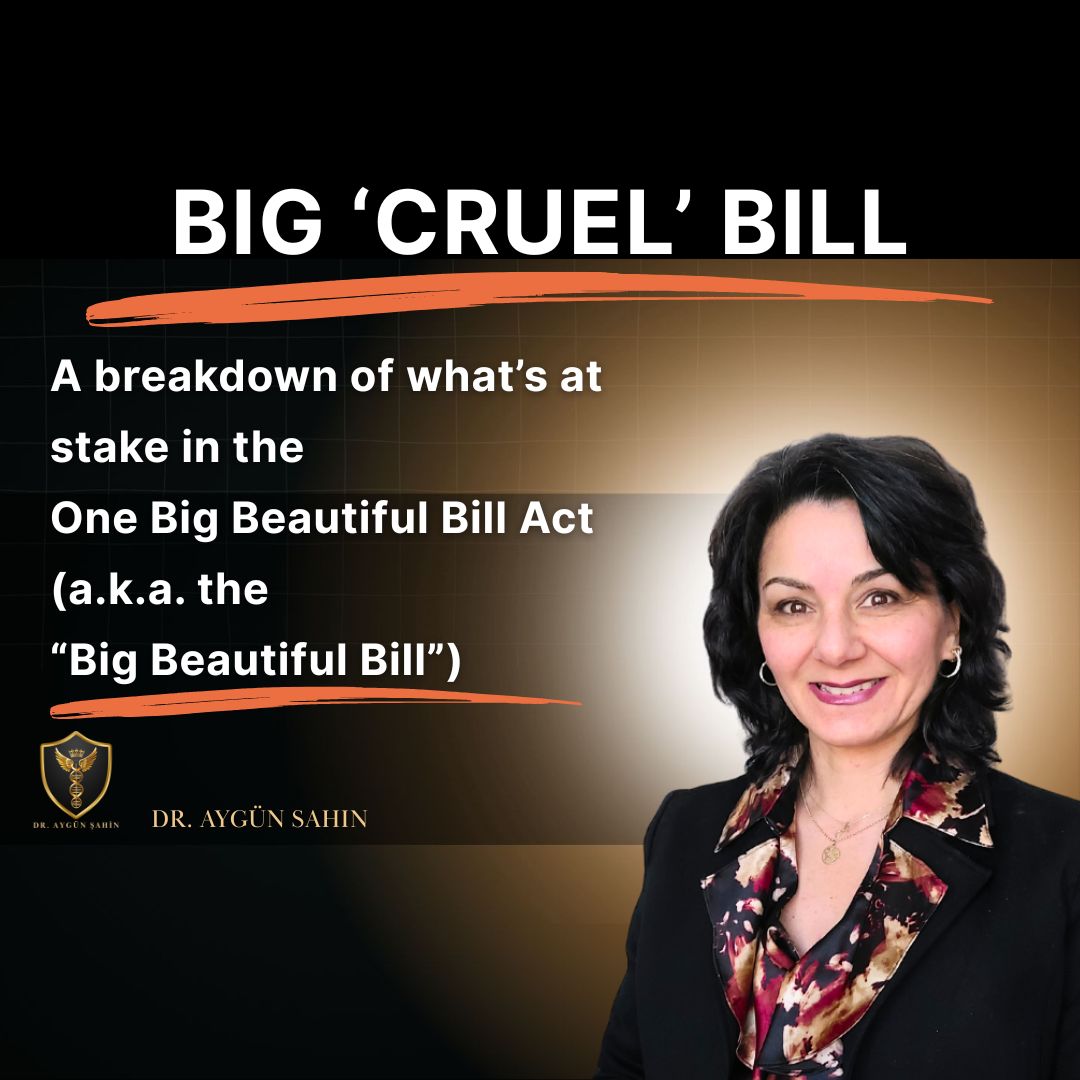BIG BEAUTIFUL BILL
Here’s a breakdown of what’s at stake in the One Big Beautiful Bill Act (a.k.a. the “Big Beautiful Bill”)
Proposed Cuts Impacting American Families
- Medicaid spending reductions
- Tightened eligibility and added red‑tape/work requirements could strip coverage from 8–16 million people by 2034 (fr.wikipedia.org).
- Estimated increase in uninsured: ~11–16 million Americans (help.senate.gov).
- SNAP (food stamps) funding cuts
- Shifts 5% of benefits and 75% of administrative costs to states; new penalties for excessive error rates (en.wikipedia.org).
- Clean‑energy tax incentives slashed
- Repeals or scales back Biden-era credits for EVs, wind, solar, etc., costing the clean-energy sector ~$800 k jobs and increasing household energy bills (apnews.com).
- Greenlight approval delays for healthcare facilities
- Blocks Medicaid from streamlining CHIP and long-term care reporting and staffing standards (en.wikipedia.org).
- Public health and rural hospital support weakened
- Demands co-pays and provider taxes debilitating small hospitals; rural healthcare providers express alarm (apnews.com).
Tax Benefits for Millionaires & Billionaires
- Permanent extension of 2017 tax cuts
- Applies to individuals and corporations, benefiting high-income households (wsj.com, en.wikipedia.org).
- Expanded SALT deduction
- Raises state/local tax deduction cap from $10 k to $30–40 k, primarily helping high earners in high-tax states (en.wikipedia.org).
- Estate tax exemption hike
- Exemption levels increase dramatically (up to ~$28 million), favoring ultra-wealthy inheritances (en.wikipedia.org, durbin.senate.gov).
- New “tips and overtime” deductions
- Eliminates taxes on these incomes. While this helps some middle-income workers, its structure and caps benefit higher earners disproportionately (en.wikipedia.org).
- Creation of MAGA savings accounts
- Tax-advantaged $1,000 per child “MAGA” accounts (en.wikipedia.org).
- Corporate and business tax breaks continue
- Keeps 2017 cuts and pass-through deductions, favoring businesses owned by wealthy individuals (theguardian.com).
- Removal of clean-energy investment credits
- Redirecting benefits toward fossil fuel investors and oil/gas corporations (durbin.senate.gov).
Fiscal & Social Impact
- Tax-cut total: ~$3.8 trillion over 10 years (pbs.org).
- Spending cuts: ~$1.5 trillion, mainly from Medicaid, SNAP, and green energy (apnews.com).
- Deficit growth: Additional $2.4–4.5 trillion debt over a decade, per CBO, AP, and Democrats (apnews.com).
- Health coverage losses: 10.9–16 million newly uninsured (apnews.com).
Bottom Line
Who Pays: Low- and moderate-income families—through loss of healthcare, food aid, and green subsidies.
Who Gains: Wealthy individuals—via extended tax cuts, higher SALT limits, estate exemptions, and business provisions.

